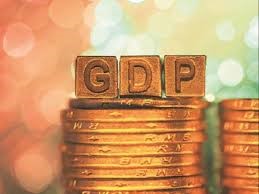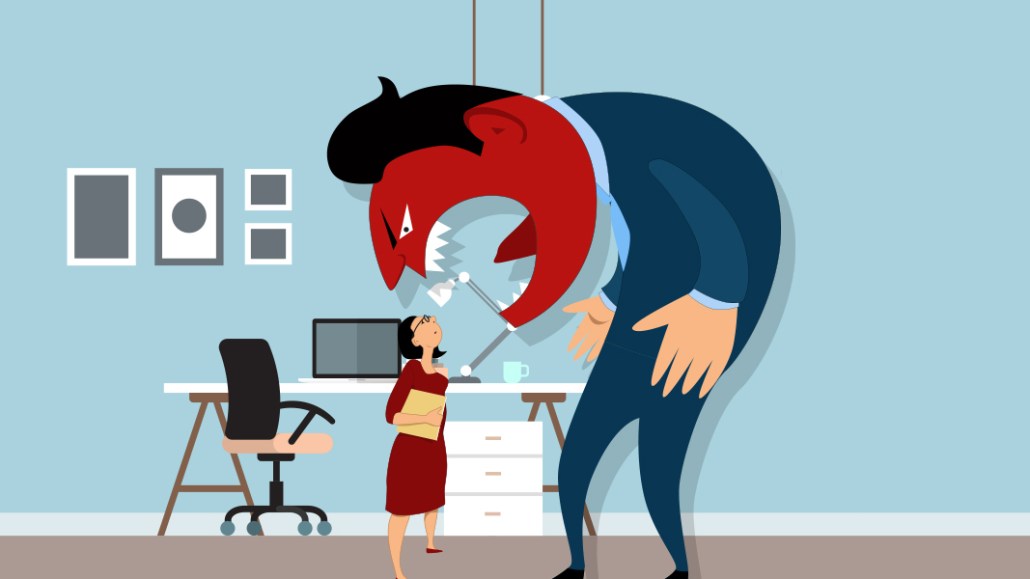
These are unprecedented times we are in the midst of a pandemic; world has no experience in dealing with a pandemic so ferocious a pandemic so devastating. It is a nightmare which the world is going thru and there seems to be no panacea Winston Churchill famously said during World war II “If you’re going through hell, keep going.” That is exactly what we have to do now. This pandemic has affected everything our lifestyle, our thinking our psychology and most importantly our economy.
Outlook for world economy looks bleak. World GDP is expected to contract by 3% as many countries including USA Europe Spain, Germany and France are expected to contract by 6-7% per IMF report. Indian economy which was otherwise growing at a rate of 5-6% is also expected to slow down to less than 2%. Other agencies have painted even grimmer picture for Indian economy which in any case was not in the pink of health.
Our Prime Minister on 12th of May announced a stimulus packaged of Rs. 20 Lakh crores which is roughly equivalent to 10% of our GDP to move the wheels of the economy and has also given a massive thrust to “Make in India Campaign”
However, some of the leading journalists have predicted a dooms day scenario for India with growth actually contracting but let us try to make some sense of these numbers. Even if we end up somewhere in between 1-2 % growth rate what does it mean in the long run for our economy? Is it similar to what the situation was in 1991 or things are even worse as the entire western media has cast aspersions on India’s dealing of the pandemic; Even though India is now a much bigger economy of USD 2.93 Trillion and has sufficient Forex reserves but still naysayers are not hesitant to vilify our country for they do not believe in India’s growth story. Though there is some merit in their arguments as tax revenues including GST is going to be much lesser than previous years but let us analyze the entire picture from a holistic perspective.
Let us look at the overall crisis. Indian economy is in much better shape today than what it was in 1991 when a balance of payment crisis loomed large and there was a chance that India might default on the payment of its external debts.
Importance of Foreign Exchange Reserves:
Foreign Exchange Reserves refer to the international reserves held by a country’s central bank. RBI holds India’s foreign exchange reserves (“FX reserves”) in the form of foreign currency assets, gold, Special Drawing Rights (“SDRs”) and Reserve Tranche position in the IMF. India’s foreign reserves have been increasing since the beginning of this decade, reaching an all time high at USD 474 B as of April 10, 2020.
High foreign reserves are considered to be helpful for a developing economy like India which has a large Current Account Deficit. Adequate reserves ensure availability of foreign financial assets within the country. India’s foreign exchange reserves are sixth largest in the world and it can be stated that there is no balance of payment crisis which as was the scenario in 1991. India is ranked sixth on the list topped by China with over USD Three Trillion in foreign exchange reserves.
India has foreign exchange reserves over USD 474 B which according to the global standards are very high. As per the universally accepted Guidotti-Greenspan rule, the Foreign Exchange reserves should at least equal the short term external debt of a country. If India moves according to this its reserves should be 108 billion USD as it is the STED, as on March, 2019. India’s overall reserves are sufficient to deal with the short term debt payments which is $ 108 billion.
Second most important situation under the present crisis is our CAD. Let us look at the major components of CAD. Our CAD is high because of crude oil prices which results in high negative balance of trade. our BOT was net negative USD 180 B. But what helped us keep our CAD in check is inbound foreign remittances from Indian diaspora and also somewhat thru tourism sector
In 2018-19 our fuel import bill was more than USD 167 Billion dollars, considering the way things are in the current financial year fuel oil bill is going to be less than USD 60 Billion, we imported 259 MMT of Petroleum and petroleum products at average when our average Indian crude basket was USD 70 a Barrel. This price is likely to be reduced to USD 25-30 a barrel and with the reduced consumption as well the import bill is likely to be around USD 60 Billion dollars resulting in a net saving of $ 100 Billion dollars because of crude oil imports. Import of other items is also likely to come down because of lesser demand.
Our import bill is likely to dwindle to 300 Billion dollars from over $ 500 Billion in 2018-19. However, there is a flip side as well our exports are also likely to come down by $ 100 Billion as there is very little production in the factories and entire world economy is also undergoing a meltdown.
However not all is lost for us on export front as some of our agriculture and fishery produce is unlikely to be hit. Hence net trade deficit is likely to come down from USD 180 Billion to about USD 100 Billion which is a positive sign for a country like India with a huge trade deficit. Also these numbers do not look good if we are looking at our GDP.
As per RBI data inbound foreign Remittances Foreign remittance contributed over $ 70 B in 2018 -19 because of which we could manage our CAD to USD 57 B for the year 2018-19 and considering the way things stand even if we take a loss of around USD 30 B towards foreign remittances and inbound tourism we will still end up with a CAD which is around USD 20 B dollars which will be 0.6% of our GDP.
Major focus of Government has been rightly towards MSME sector and it can be gauged from the slew of measures announced by Finance minister including abolishing of Global tender up to 200crore and providing three lakh cores to MSMEs a collateral free Automatic loans.
Government can use USD 50 Billion from Forex reserves and use this amount to transfer Rs. 12000/- into each of 300 Million Jan Dhan accounts. It will serve dual purpose of spurring the demand and increasing production which is much needed and in turn generating employment.
It is the best time to tweak the labor laws to make them more industry friendly and do away with those archaic labor laws which disincentives the industry and threaten the businesses. Academia needs to work in coordination with the industry to design industry friendly courses so that our vast human resource can actual help in raising productivity
Encouraging banks and NBFCs to lend more, even if some of the loans become NPA Government should encourage banks, NBFCs to lend and put more money in the hands of industry. Government should reward banks and NBFCs which dole out loans especially loans to MSMEs. No vigilance and CBI inquiries against loans disbursed in period. This is a God sent opportunity to overcome red tape and unnecessary bureaucratic interventions.
Our Pharma sector can be the bellwether of our exports, we can be pharma factory for the world by supplying medicines and vaccines. It will also give us a chance to showcase our Ayurveda and Naturopathy to the world enhancing our image worldwide.
Every crisis is an opportunity and this is an opportunity for India to stake its rightful claim in the world Pecking order. It is time for India to step up and become the World “Arogya Guru” Make in India ishtiyle.



We need to use this crisis as an opportunity to build our systems.
Two key steps are must
1. Correct and updated census is a must to plug in the various leakages in the system and also to ascertain the correct requirements : be it the PDS, demand supply gap, grants to poor or relief disbursements
2. Government is in need of funds , hence this is an opportune moment to bring all the black money stashed abroad
Thanks for reading and sharing your valuable insights. You have raised a very pertinent point regarding black money and overhauling the entire system.